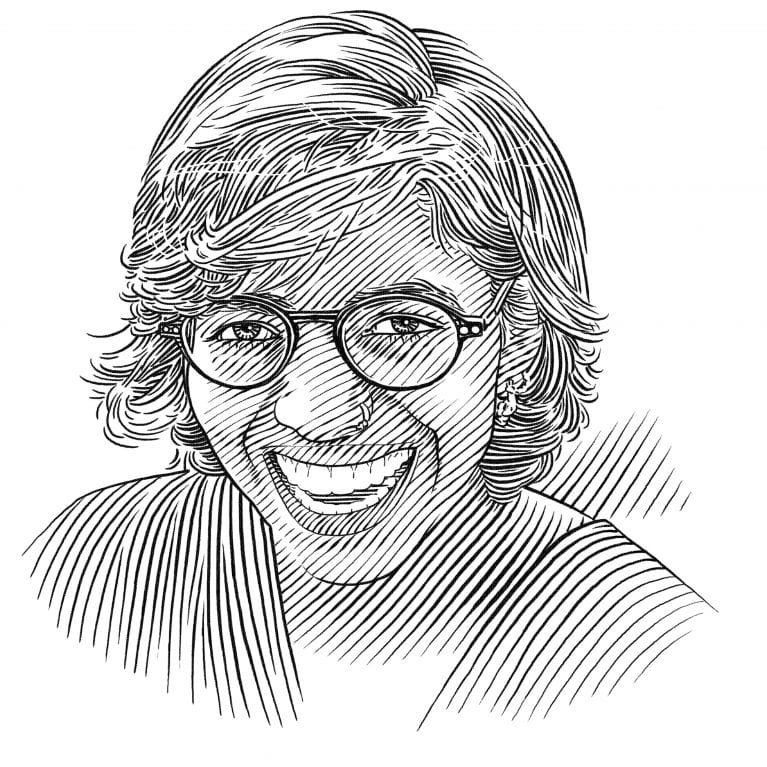Alissa Barnes

Who I am
I have always had a strong affinity for water. I find great joy in being surrounded by it, whether I’m immersed in it or on a boat staring across it to the horizon. I think of my journey with marine research and conservation like that of a seed that is dispersed by ocean currents and takes root on a strange shore. A series of interactions with marine ecologists led to opportunities to work with sharks and sea turtles and from there I went on to study sharks along India’s north-western coast for my Master’s degree. At that time I had no idea that these animals would be such of importance to me. Having obtained my degree, I moved away from the tigers of the ocean and found myself walking the shores of Orissa in the dead of night, looking for nesting olive ridley turtles. Working on these animals taught me patience and about letting go – and that no matter how much I pray to the sea gods, those Beaufort levels aren’t going to get any lower! The deeper I went into understanding ecological systems and the fishing communities that depend on them, the more I realised that we know so little and have so much more to learn about the complicated connections between humans and the ocean. My love for elasmobranchs and their world lingered, even when I was exploring other fields. And now here I am: the currents have worked their magic and brought me back to where it all began!
Where I work
I work along the coasts of Maharashtra and Gujarat in the west and Orissa in the east of India, states that reap some of the highest catches of marine fishes. The sites vary enormously in scale, infrastructure and fishing communities, but the dominant fishing gear they use is common to all – trawls. With more than 500 trawlers anchored in the harbour at any given time, the field site at Gujarat would be a good example of a large fish landing area. Many a time, all you can see is fishing boats as far as the horizon! The sampling site at Maharashtra, on the other hand, is comparatively small, consisting of 15–18-foot (4.5–5.5-metre) fibre dungis that are powered by outboard motors and go out on one-day fishing trips.
What I do
A typical work day sees me wading through crowded fish auction markets in search of rays. I also spend a lot of time talking to local fishers to understand their perspectives on the trends of ray fisheries, as they play an integral role in effective conservation plans. Much of my work involves gathering baseline information on rays that can act as a foundation for further detailed studies and help to develop a management policy. Systematic sampling at landing sites in different seasons and the recording of data such as species, size and sex of the landed rays will give us insight into, for example, sex ratios and the abundance of adults and juveniles at different times of year. Considering that India has one of the top elasmobranch fisheries in the world, such baseline data become crucial for managing a sustainable future for rays and their fishery.
